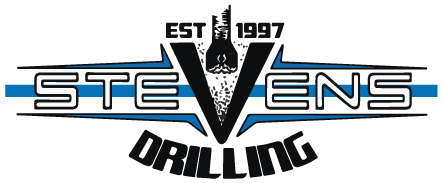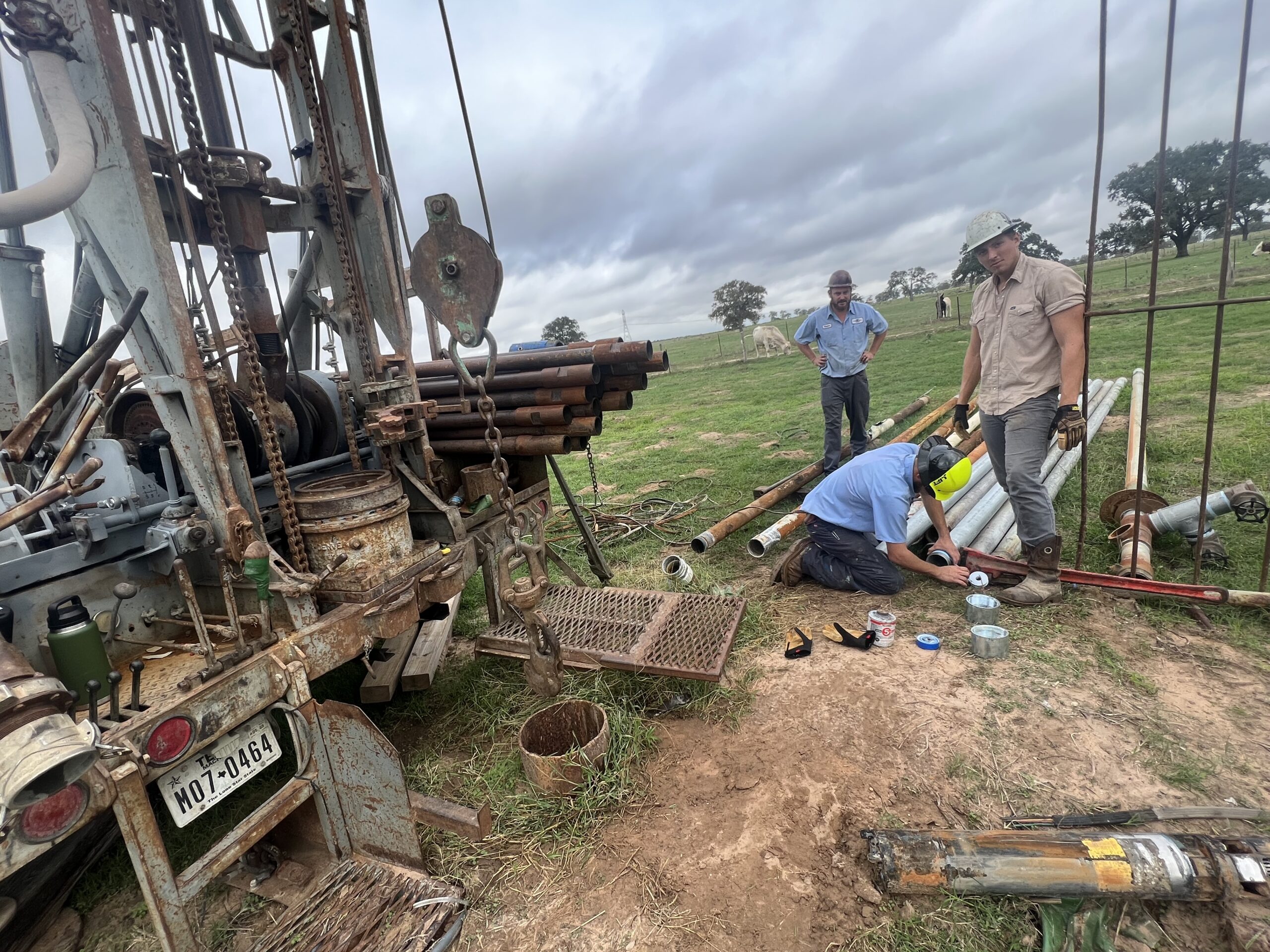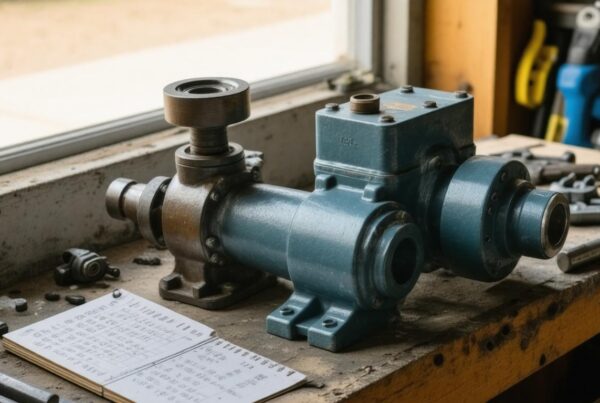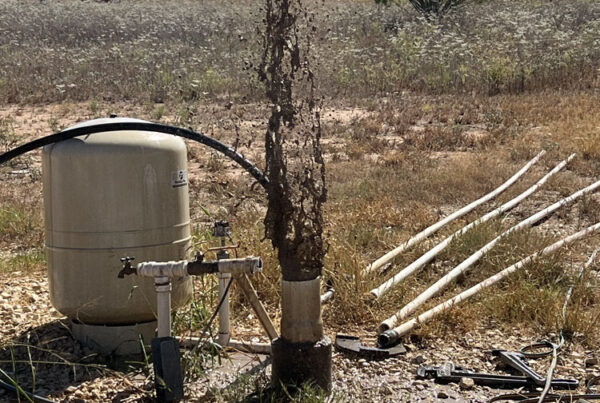When your well pump suddenly stops working, it can feel like your entire home is thrown into chaos. After all, access to water is something most of us take for granted until it’s gone! Whether you’re dealing with low water pressure or complete failure, knowing where to turn for assistance can save you hours of frustration. In this guide, we’ll explore how to effectively find local professionals who specialize in well pump repair services—making sure you’re never left high and dry. With practical tips and insights, you’ll be equipped to tackle these unexpected water woes with confidence.
To find reliable well pump repair services near you, it is advisable to search online directories, read customer reviews, and check for local contractors who specialize in well pump repairs. Additionally, seeking recommendations from neighbors or local community groups can help ensure you choose a trusted professional for your needs.
Finding Well Pump Repair Services Near You
To begin your search for well pump repair services, start by conducting an online search with terms like “well pump repair near me.” This simple phrase opens up options in your area. Websites like Yelp, Angie’s List, or HomeAdvisor are invaluable resources that provide listings along with reviews and ratings from previous customers. This feedback offers insight into the quality of service you can expect, helping you make a more informed choice.
However, online searches can feel daunting due to the sheer number of options available. One effective strategy is to narrow down your choices by looking specifically for local businesses. Searching within your city or town ensures you’re focusing on companies that can respond quickly to emergencies—especially important when dealing with well pump issues.
Ask for Recommendations
Word-of-mouth referrals can be one of the most effective methods for finding trustworthy service providers. Reach out to neighbors or friends who rely on well water—often those in rural areas or regions without access to municipal water systems. When you ask them, questions like “Who have you used in the past?” or “Were you happy with their service?” can yield valuable insights into reliable and skilled technicians.
It’s fascinating how personal experiences often lead us to the best solutions; many homeowners swear by their referrals as they come with firsthand accounts that online reviews cannot match.
Verify Credentials
After gathering recommendations and performing preliminary online research, it’s time to dig deeper into each potential company. Credentials are critical in the service industry, especially for something as essential as well pump repairs. Ensure that the companies you consider are licensed, insured, and certified to operate in your state. Verifying these credentials protects against potential damages during repairs and gives you peace of mind knowing you’re working with qualified professionals.
With a list of potential service providers in hand and established trust through recommendations and verified credentials, it’s time to discuss some frequent concerns related to well pumps that may arise during your conversations with these technicians.
Common Issues with Well Pumps
Understanding the potential hiccups your well pump may encounter is crucial. One of the most common ailments is low water pressure. When you turn on a tap expecting a strong gush of water, but only receive a weak trickle, it can be frustrating. This low pressure might stem from a partially clogged pump and can often be resolved with cleaning or a professional’s assistance. If you’re experiencing consistent low pressure, check if the water table has dropped due to seasonal changes or if there’s an issue with the pressure tank itself.
No Water at All
Another alarming situation is when your well pump delivers nothing at all—no water. This problem can arise for several reasons. First, ensure that your pump has power; sometimes it’s as simple as a tripped circuit breaker. If that’s not the issue, it may be related to a malfunction in the control box or, in unfortunate cases, a burned-out motor. A burnt motor typically indicates it’s time for not just a repair but possibly a replacement.
Addressing these problems early on can help avoid escalating repair costs.
Short Cycling
The phenomenon of short cycling is another common concern many well pump users face. This occurs when the pump starts and stops in rapid succession without delivering a stable flow of water. Typically, this symptom indicates issues with the pressure switch or could signify a waterlogged pressure tank, preventing the system from maintaining optimal pressure levels. Homeowners have shared stories where they discovered short cycling after barely noticing fluctuations in their water pressure throughout the day. Catching this early could prevent unnecessary wear on your system.
Recognizing these signs allows homeowners to take action sooner rather than later.
When these common issues arise, understanding them provides peace of mind and empowers you to address symptoms effectively, whether through DIY measures or enlisting help from local professionals for well repair services. As unsettling as such problems may feel at first glance, knowing what steps to take enables you to restore reliable water access quickly.
Equipped with this knowledge about common issues and necessary responses, let’s explore practical solutions that can help you tackle these problems head-on without needing immediate professional assistance.
DIY Troubleshooting and Repairs
Before diving into repairs, it’s crucial that you understand a few key concepts about the functioning of well pumps. Knowing how your system operates will allow you to identify potential faults more effectively. Start by familiarizing yourself with the various components of your well pump system, including the pressure switch, control box, and electrical connections. Understanding these parts will enable you to navigate troubleshooting more confidently.
Check Power Supply
The first step in diagnosing issues often begins with ensuring that your well pump is receiving adequate power. Go straight to your breaker box and verify that the circuit dedicated to the pump hasn’t tripped. Sometimes it’s as simple as flipping a switch back on. While you’re at it, take a good look for any blown fuses if your system uses fuses instead of circuit breakers. Pay attention to weird buzzing sounds or flickering lights—they can be indicators of underlying electrical issues.
Remember: a lack of power could stem from external issues such as excess rain or flooding affecting the electrical supply lines.
Inspect Pressure Switch
If power isn’t an issue, then it’s time to check on the pressure switch—a small component that plays a significant role in maintaining water pressure in your home. Look for signs of wear or dirt buildup around this switch. If you have a multimeter, use it to measure its functionality; a faulty switch may need replacement, which is usually straightforward. Just make sure to closely follow manufacturer guidelines when replacing components.
Always turn off the power before inspecting electrical components—this is critical for both safety and preventing further damage to the equipment. It may sound like common sense, but it’s easy to forget when you’re eager to fix things quickly. Safety first!
As tempting as it might be to skip around steps when troubleshooting, thoroughness is key to effective repairs. Do not overlook minor details; even a bit of corrosion or dust can impede performance dramatically.
While DIY fixes can be cost-effective, keep in mind that they sometimes fail to resolve the issue entirely, requiring professional help afterward. Understanding when it’s time to seek expert assistance can save you time and money down the line.
When to Hire a Technician
Understanding when to engage a skilled technician is crucial, especially because some well pump problems can escalate quickly and lead to more significant issues. If you’ve found yourself facing persistent electrical troubles or suspect the motor may be burnt out, it’s better to call in an expert rather than risk further damage.
For instance, if your well runs dry, this isn’t just a nuisance—it could indicate a severe underlying problem that requires specialized knowledge and equipment to remedy properly.
To give you a clearer perspective, consider these key indicators: if strange noises are emanating from your pump, it’s often a sign of mechanical failure or obstruction that needs more than a DIY approach. Another red flag is erratic water pressure which suggests potential issues within the system’s mechanics or connections.
One homeowner shared, “I struggled with varying water pressure for weeks until I finally called a technician. They pinpointed the issue in no time, and I wish I’d done it sooner.”
Additionally, think about how valuable your time is—if you’ve tried troubleshooting multiple times without success, it may make sense financially to hire someone who can accurately assess and fix the problem efficiently. This saves you from further frustration and prevents any worsening damage that could require costly repairs later on.
As you navigate these challenges, remember that professional assistance can provide swift resolutions while helping maintain the overall health of your well pump system. It’s important to also keep in mind preventive measures that can prolong the lifespan of your equipment.
Maintenance Tips for Well Pumps
Routine maintenance not only extends the life of your well pump, but it also keeps the water clean and eliminates potential health hazards associated with contaminated water. As a homeowner relying on well water, it’s essential to adopt proactive measures that ensure everything runs smoothly.
Keep the Well Area Clean
To start, maintaining a clean well area is paramount. Imagine if leaves, branches, or other debris build up around your well; this not only affects accessibility but can also lead to contamination of your water supply. Even seemingly harmless materials can introduce bacteria and pollutants.
Therefore, it’s a good practice to regularly check and clear weeds or junk within a wide radius around the wellhead. Think of it as keeping the entrance to your water source pristine—this way, you safeguard your family’s health right from the source.
A clean area facilitates proper drainage, thus preventing potential flooding during rainstorms.
Schedule Annual Inspections
Beyond just keeping things tidy, annual inspections by professionals are vital in identifying issues before they escalate into costly repairs. Just like routine healthcare check-ups catch ailments early on, an annual inspection ensures every component—from motor performance to electrical wiring—is functioning seamlessly.
During each visit, professionals often check pressure switches, tanks, and gaskets to confirm everything is in optimal condition. These scheduled visits help you remain informed about any underlying issues that could develop into major flaws if left undetected.
Test Water Quality
Another critical aspect is regularly testing your water quality. Water is vital; hence, ensuring its safety is non-negotiable. Depending on how deep your well is and local environmental factors, contaminants may enter your water supply without warning. Testing kits can be purchased online or at local hardware stores to measure various factors such as pH level, contamination levels, and hardness.
If results reveal poor quality, don’t hesitate to contact a professional; swift action can prevent harmful substances from affecting your health.
Considering these preventative measures now could spare you from extensive problems later on and guide you to explore options when repairs aren’t sufficient.
Alternatives When Repair Fails
One of the most straightforward solutions to consider when repair attempts fail is replacing the well pump. While repairing various components may seem cost-efficient, frequent repairs can add up quickly. Many homeowners find it more economical—and less stressful—to invest in a new well pump altogether. This choice often means fewer breakdowns down the road and increased reliability with newer models designed for longevity.
Another smart alternative involves upgrading infrastructure. Installing modern components such as a submersible pump or a variable speed pump can significantly enhance the efficiency and reliability of your system. Submersible pumps are designed to be placed underwater for optimal function and lower maintenance issues. Conversely, variable speed pumps operate based on water demand, contributing to energy savings. This upgrade can prevent common issues and improve performance over time, proactively addressing potential future problems.
| Solution | Pros | Cons |
|---|---|---|
| New Pump | Increased reliability, fewer repairs | High upfront cost |
| Upgrading | Improved efficiency, modern features | Requires technical expertise |
Understanding these options empowers homeowners to make informed decisions about their water systems. It’s important to weigh the benefits against the costs and complexities involved in any outcome they might choose.
In making choices about well pump repair or replacement, remember that investing in quality and efficiency today can save you headaches—and money—tomorrow.
